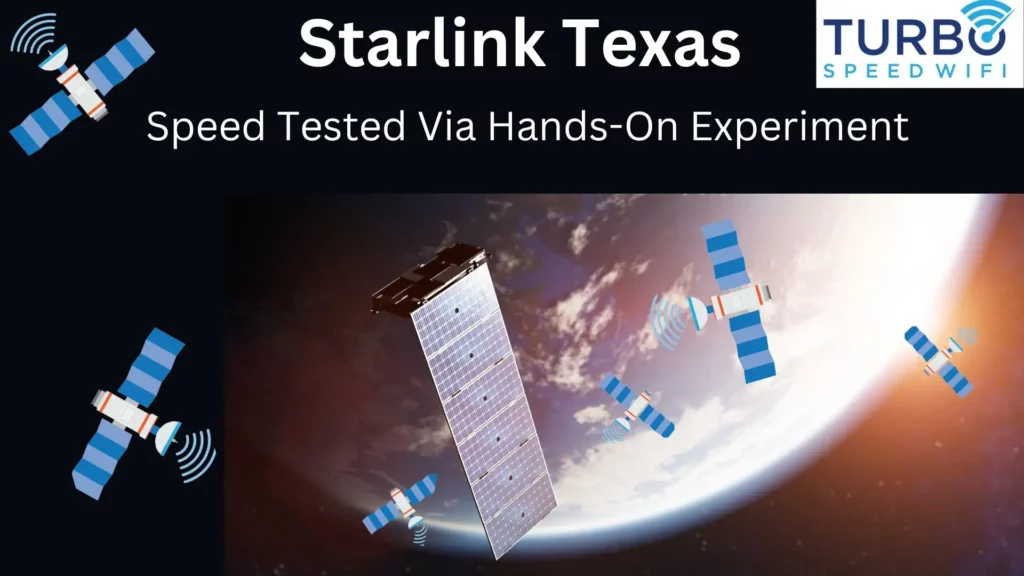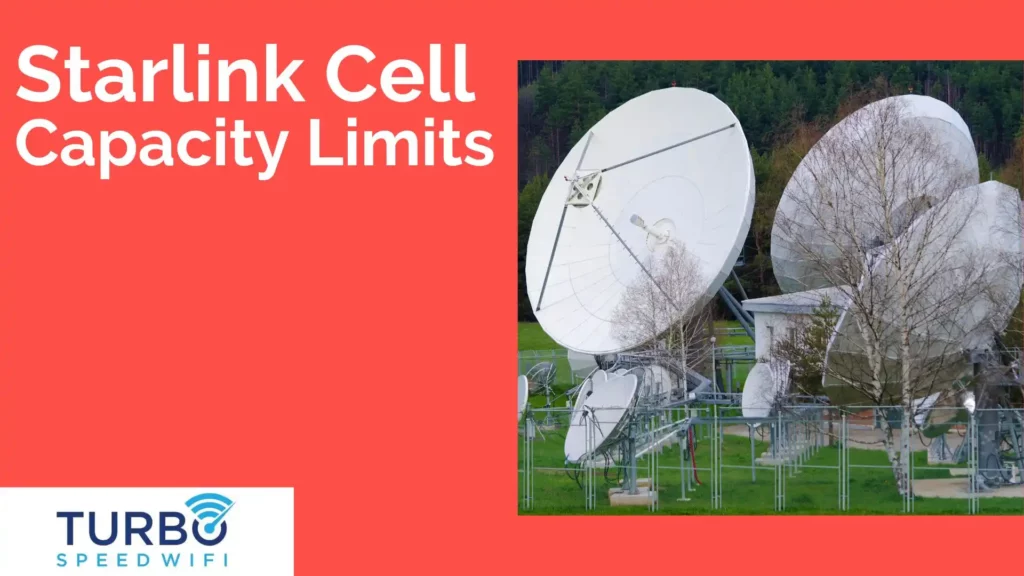Starlink Internet has exploded in popularity in the last couple of years. Starlink is truly a breath of fresh air for anyone who does not have access to traditional broadband internet. Starlink is able to achieve much lower latencies and faster speeds by using revolutionary low earth orbit (LEO) satellites.
There are many rural areas of Texas that simply do not have the infrastructure to support traditional cable and fiber-based internet services. For many people living in rural parts of Texas, Starlink has been a complete game changer for them. However, as more people have signed up and the Starlink network has become more crowded, speeds have taken a hit across much of Texas.

Table of Contents
Typical Starlink Speeds Reported
Based on the questionnaire that I sent out to 100 Starlink subscribers in the state, typical Starlink Residential speeds reported across Texas range from as low as 25 Mbps download speed and 5 Mbps upload speed to as high as 140 Mbps download speed and 20 Mbps upload speed. Speeds tend to vary greatly by time of day and even from minute to minute in some cases.
Starlink Business speeds were significantly higher on average than Starlink Residential speeds. As expected, Starlink Roam had much lower 10th percentile scores, whereas they had very similar 90th percentile scores.
Starlink Speeds Texas Averages
| Starlink Residential | Starlink Business | Starlink Roam | |
|---|---|---|---|
| Download Speed | 92 Mbps | 188 Mbps | 70 Mbps |
| Upload Speed | 8 Mbps | 19 Mbps | 5 Mbps |
| Latency | 55 ms | 53 ms | 53 ms |
| Average Reliability | 98.7% | 99.2% | 98.2% |
Starlink Speeds Texas 90th Percentile
| Starlink Residential | Starlink Business | Starlink Roam | |
|---|---|---|---|
| Download Speed | 135 Mbps | 228 Mbps | 118 Mbps |
| Upload Speed | 17 Mbps | 26 Mbps | 15 Mbps |
| Latency | 50 ms | 48 ms | 48 ms |
Starlink Speeds Texas 10th Percentile
| Starlink Residential | Starlink Business | Starlink Roam | |
|---|---|---|---|
| Download Speed | 40 Mbps | 228 Mbps | 18 Mbps |
| Upload Speed | 4 Mbps | 26 Mbps | 2 Mbps |
| Latency | 72 ms | 68 ms | 85 ms |
Factors that Affect Starlink Speed
Starlink speeds are affected by a number of different factors. Some of the most important include:
- Obstructions blocking your Starlink dish
- How congested your Starlink coverage cell is
- Which Starlink service you are using
- Whether you have hit your monthly data cap
Obstructions Blocking Your Starlink Dish
Clearing any obstructions that are blocking your view of the sky from where your Starlink Terminal is located is a great first step to improving your performance. Many Starlink users have reported that clearing away trees or moving their dish to a more open area both increased their download speeds and improved their connection stability as a whole.
The Starlink App has a handy tool for checking if your Starlink terminal is obstructed or properly placed. This is a handy tool for anyone who is using Starlink in an area that has trees or other tall objects near the dish.
Starlink Cell Capacity
Starlink has a finite amount of capacity in a given region. That region is commonly referred to as a cell. If there are a lot of people in your cell that are really heavy users, it can negatively impact your internet performance. Many of the capacity issues appear to stem from the ground stations themselves.
There is some question about how inter-satellite lasers will improve the situation. So far, it is too early to really tell how much of a difference that is going to make as new Starlink Satellites get put into low earth orbit.

Starlink Plan and Data Caps
The plan you choose will also have a significant impact on the speeds that you get with Starlink. If you need the fastest speeds possible, you will need to get Starlink Business. Starlink Residential users do get priority data above that of what Starlink Roam users get.
However, so parts of Texas, especially in East Texas, have a waitlist for residential service, and the only Starlink service currently available there right now is Starlink Roam. If you live in one of these areas, you may choose to sign up for Starlink Roam to avoid the wait.
Just keep in mind that if you do opt for Starlink Roam, you will be paying more money each month and receiving a lower data priority than Starlink Residential customers.
Data caps are also a factor. Keep in mind that once you hit the 1 TB data cap that comes with Starlink Residential, your data will be at the same lower priority as Starlink Roam users.
My Testing and Data Collection Methodology
There are many anecdotal reports of Starlink being slower in the Texas region than in other parts of the country. Other users report speeds of 100 Mbps or higher, especially in western portions of Texas.
My goal was to find a way to get objective data from a large enough sample size of Starlink users living in the State of Texas to get a good sense of how Starlink currently performs.
Through a series of Facebook Groups, I was able to round up 100 Starlink users, including residential users, business users, and Starlink Roam users, to participate in a 30-day study.
Users were asked to run a speed test from their Starlink WiFi connection using the included Starlink router twice per day. Once in the early morning hours and once in the evening during peak usage. Users were then asked to report their findings by filling out a spreadsheet that got sent off to me at the end of the 30 days.
Additionally, users were asked to answer several other questions, including:
- Specific city or town of test location.
- Any subjective slowdowns or service interruptions.
- Starlink dish placement.
- Any obstructions around the Starlink dish based on the Starlink Mobile App.
- Which type of Starlink Plan they are using.
Conclusion: Starlink Speeds in Texas
Starlink speeds in Texas can vary greatly both by region and by the time of day. Based on the survey results I received, speeds with Starlink are fastest during off-peak hours and slowest in the evenings. This is especially true if you are using Starlink Roam, which has the lowest data priority on the Starlink Network.
Starlink speeds reported in Texas are generally more than fast enough for most activities, including web browsing, email, video streaming, online gaming, and more. If you do not have access to other broadband internet options at your service address, Starlink is a good option to consider. Other options to consider include 5G home internet from T-Mobile and Verizon.
SpaceX has done a great job of quickly deploying additional satellites to increase network capacity and handle the growing demands that Starlink is facing. Elon Musk has turned the proposition of getting fast internet from anywhere into a much closer reality for millions of subscribers.
